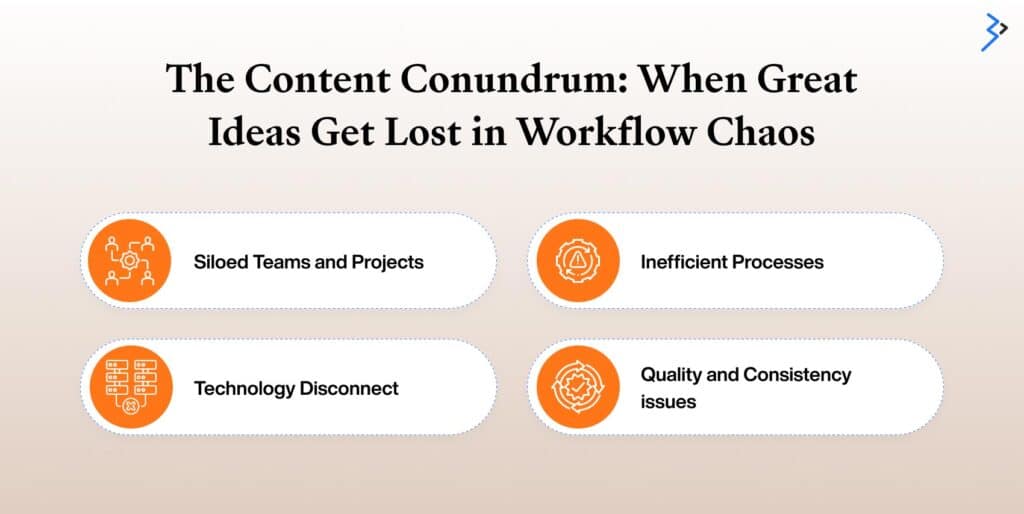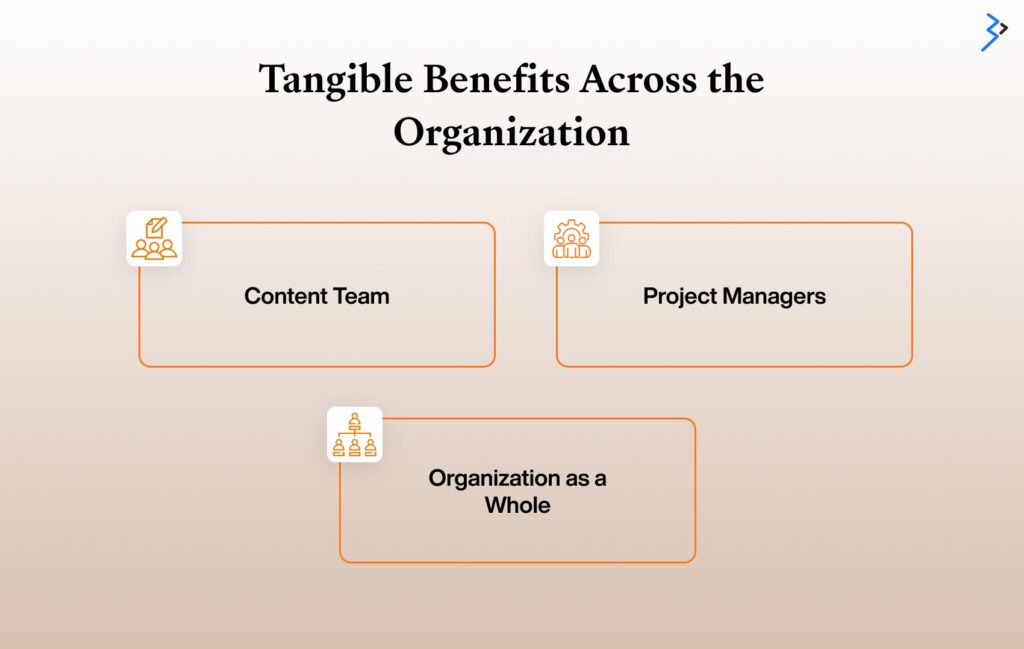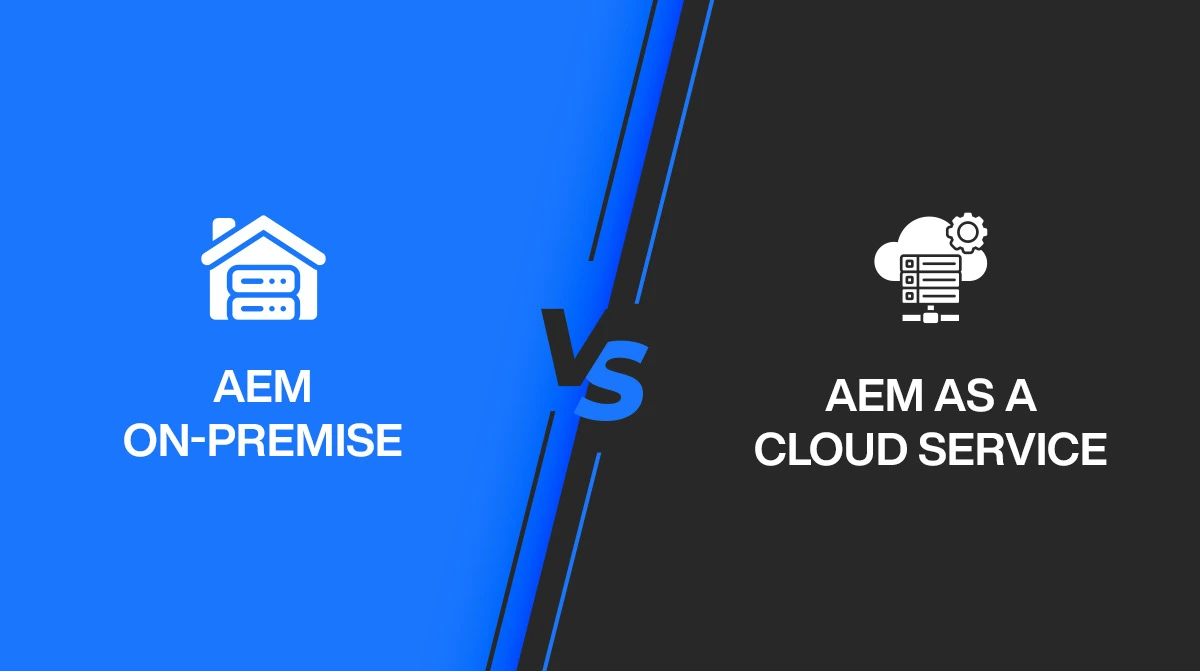Imagine a situation where your design teams, technical documents, and programming department are all being well aligned without any more cluttered tools, lost deadlines, and the dreaded series of emails.
The biggest problem in content strategy is having too much content and insufficient control. The technical writing materials, product instructions, and marketing materials must be precise and consistent yet speedy in presentation and delivery through different platforms.
Here is where the magic occurs: the coming together of structured content concepts with the Adobe Experience Manager Guides’ advanced work management, which is now brought to bear by the native integration of Adobe Workfront with Adobe Experience Manager Services Guides.
This is not a software update but a strategic step aimed at untangling complex content creation workflows and seeing every piece of content go where it belongs with an efficiency and precision never seen before, from the ideation stage to publication.
The Content Conundrum: When Great Ideas Get Lost in Workflow Chaos

After struggling with what can be referred to as the content conundrum, most organizations do not know what to do. It’s where brilliant ideas and valuable information often remain buried due to disjointed, manual, and opaque creation and review processes.
We have sight on such pain points as:
- Siloed Teams and Projects: Content creators may have one tool, project managers may have another, and reviewers may have a third. This results in isolation, overlapping, and the absence of a holistic view of project status.
- Inefficient Processes: Siloed, manual hand-offs, variances in review periods, and the inability to track content versions make the content change process a nightmare. Such inefficiency has a direct effect on time to market.
- Technology Disconnect: Lack of interoperability among systems leads to data silos, a tedious manual process for entering data, and the inability to effectively have a single source of truth over subject content materials and project development.
- Quality and Consistency issues: Without a centralized, structured content plan and content management process, it is tough (and also overwhelming) to ensure that your brand voice is standardized, the tech is right, and that several different types of content are handled with the appropriate amount of detail. Partnering with expert content marketing services can help streamline this process, ensuring consistency, efficiency, and quality across all channels.
These are not only frustrating; these real costs can take a toll on the revenue, in terms of slowed product launches, and regulatory risks regarding obsolete documentation. The results of industry reports accentuate the role of ineffective content pipelines. As an illustration, one can refer to the fact that, owing to a disjointed workflow, content teams usually occupy a big part of their working time (up to 30-40%) on administration instead of content development.

Understanding the Players: Workfront and AEM Guides
Before we discuss the power of integration, let’s briefly consider what each platform offers.
Adobe Workfront is a leading enterprise work management platform, often seen as mission control for projects. It enables companies to handle complex workflows, manage project activities, assign resources, and report performance at the team level. With the support of professional Adobe Workfront Services, organizations can ensure efficient, effective, and on-time delivery of work within budget. These services extend powerful work management capabilities across the entire organization, driving productivity and alignment.
XML Documentation for Adobe Experience Manager, later renamed Adobe Experience Manager (AEM) Guides, is an integrated part that can process structured content (usually in DITA – Darwin Information Typing Architecture).
It also enables teams to author and manage content, which has been highly complex and component-based, and publish content that can be reused in multiple outputs and channels. This is important regarding consistency, scalability, and efficiency in generating technical documentation, policy manuals, and other non-structural informative assets.
Read More – Exploring the Value of a Headless CMS with Adobe Experience Manager
The Power of Integration: Structured Content Meets Work Management

The beauty of the new native integration is how it seamlessly marries these two powerful platforms, creating an unparalleled solution for content lifecycle management. It’s where the “what” (the content itself) meets the “how” and “when” (the work management).
This integration transforms how teams approach content creation workflows, bringing several critical capabilities:
- Integrated Task Management: Content teams may create, see, control, and edit tasks in Workfront in Experience Manager Guides. In a DITA topic, the technical writer assigned to write it can view their assigned reviews, due dates, and project status within their authoring context.
In their turn, the project managers can see the progress on the content in real time, and they no longer have to perform manual updates or check on different platforms. This ensures everyone is at the same page, be it the author of the content or the person in charge of the project.
- Simplified Collaboration and Review: The combination eases the flow of cyclical reviews. A cumbersome email chain and manual record keeping of content revisions and approvals are no longer bottlenecks to the workflow, as the engine in Workfront supports those steps.
Posts, mentions, and approvals will move across the platforms, strengthening cross-functional collaboration and helping content work be visible in larger business programs managed in Workfront. Think compliance documentation reviews by legal people and product feature description reviews by marketing people, and all these are viewable in one traceable workflow.
- Actionable Notifications and Visibility: Users get Workfront notifications and reminders both in Adobe Experience Manager Guides and through email. An easy task widget at the Guides landing page organizes assignments in one place, so no essential task is overlooked. Such visibility integration considerably eliminates communication friction and keeps projects rolling.
- Better Project Monitoring and Reporting: Project managers receive powerful project reporting and analytics in Workfront to present project health, track performance, analyze costs, and assess resource utilization. For example, they will be able to monitor the amount of time people take on specific pieces of content, what skew points in the reviewing process are likely to exist, or how many people will be needed in the future to facilitate a great documentation project. This robust reporting is necessary to continue simplifying processes and smartly engaging resources.
- Sealed Compliance and Auditing: The combination significantly supports industries with rigid regulatory standards. Workfront also offers detailed audit trails on each bit of business activity, task, action, and decision made across the content workflow. This renders it accountable, and there exists a verified record in the case of reviews to comply with and internal audits; this is a critical component to any good enterprise content strategy.
Read More – Understanding Edge Architecture in Adobe Experience Manager
Tangible Benefits Across the Organization

This integration is not only about technical elegance. It has tangible benefits that affect different stakeholders and contribute to the success of the organizations.
Content Team
This enables them to continue using the authoring environment they are used to (Adobe Experience Manager Guides) while increasing their efficiency through superior workflow abilities.
They can work with project managers hand in hand and see how their work relates to bigger projects, which provides them with a better context and less rework. This allows content producers to concentrate on producing quality and organized work.
Project Managers
They obtain better visibility and control of their projects using the enhanced project dashboards with Workfront. Customizable notifications contribute to their productivity and better communication, as they do not feel overwhelmed by notifications.
Read More – What is the Navigation in Adobe Experience Manager
To deal with risks and speed up the delivery proactively, they can manage it since performance and compliance monitoring will be done through detailed reporting and audit trails. For example, a project manager would be able to immediately determine whether a key translation stage is running late and shift funds with the help of the tools provided by Workfront so that the goals of content delivery can be observed.
Organization as a Whole
This will help avoid the silo issue that can be found in large organizations that, unfortunately, limit collaboration and integration. It provides another benefit of technology consolidation, where businesses can now depend on a single vendor ecosystem, which could make procurement and support simple.
Above all, it makes a project more successful as the quality and timeliness of the content can be enhanced due to the simplified and error-free workflows that do not increase the publishing cycle.
Last but not the least, the Adobe investment is used wisely, and organizations get the most out of the Adobe Workfront and the Adobe Experience Manager Guides, which streamlines the content lifecycle of their organizations. They make it a resourceful business asset.
This can lead to significant savings and a faster time to market. For instance, Aberdeen Group research has shown that companies with integrated content strategies can see up to 2.5x speedier content delivery cycles than those with fragmented approaches.
Read More – Integrating Adobe Commerce Cloud with Adobe Experience Manager
Implementing the Integration: A Strategic Move
Implementation of this strong integration is a strategic step that can redefine your organization’s enterprise content strategy. It is not only software, it is the optimization of processes, team synergy, and the smarter means to handle your content.
Key here is the planning, professional configuration, and meticulous change management that will determine whether it becomes a success or a fiasco. Partnering with an expert is invaluable for businesses with complex content needs, especially in global or regulated industries. The sophistication in the expertise of the structured content concepts and the sophistication in the best practices of work management help achieve the optimum outcomes of this integration.
We at Brainvire realize organizations’ complex issues regarding managing their content creation processes and effectively managing their content lifecycles. With our experience in strong enterprise platforms, especially the Adobe ecosystem, we are in the right place to support companies like yours in utilizing all the integration’s feature capabilities.
We take you by the hand through all the steps, beginning with the strategic planning and implementation of Adobe Workfront and Adobe Experience Manager Guides, to the customization aspect of such that falls right in line with your desired enterprise content strategy. Our mission is to make your content one of the most effective and efficient engines of growth and compliance.
FAQs
The integration combines structured content management with advanced work management to streamline complex content creation workflows, ensuring efficiency, collaboration, and control across the entire content lifecycle management process.
Content teams gain unified task management within their authoring environment, while project managers get real-time visibility, enhanced reporting, and better control over enterprise content strategy projects, leading to faster delivery.
Yes, by centralizing structured content within Adobe Experience Manager Guides and managing workflows through Adobe Workfront, it ensures consistency, reduces errors, and improves the overall quality of content.
Adobe Workfront provides comprehensive audit logs for every task and decision within the content workflow, offering an indisputable record that is essential for compliance reviews and internal audits.
Organizations that deal with high volumes of complex enterprise content strategy, such as technical documentation departments, large marketing teams, or highly regulated industries, will see the most significant benefits from this unified system.
Related Articles
-
Total Cost of Ownership: AEM Cloud vs. On-Prem Over 3 Years
Every significant technology investment demands a ruthless look at the actual costs and benefits, and that scrutiny must extend far beyond the initial price tag. For your digital experience platform,
-
Why Choose Adobe Digital Asset Management for Your Business?
Summary: In today’s fast-paced digital era, managing a growing repository of media files, documents, and other digital assets has become a critical need for businesses. Today, digital asset management (DAM)
-
Get to Market Faster and Sell Smarter with Adobe Commerce Cloud
The reality of running an online business in today’s modern world is the endless competition, the dynamic customer needs, and the constant need to be highly nimble. It used to




